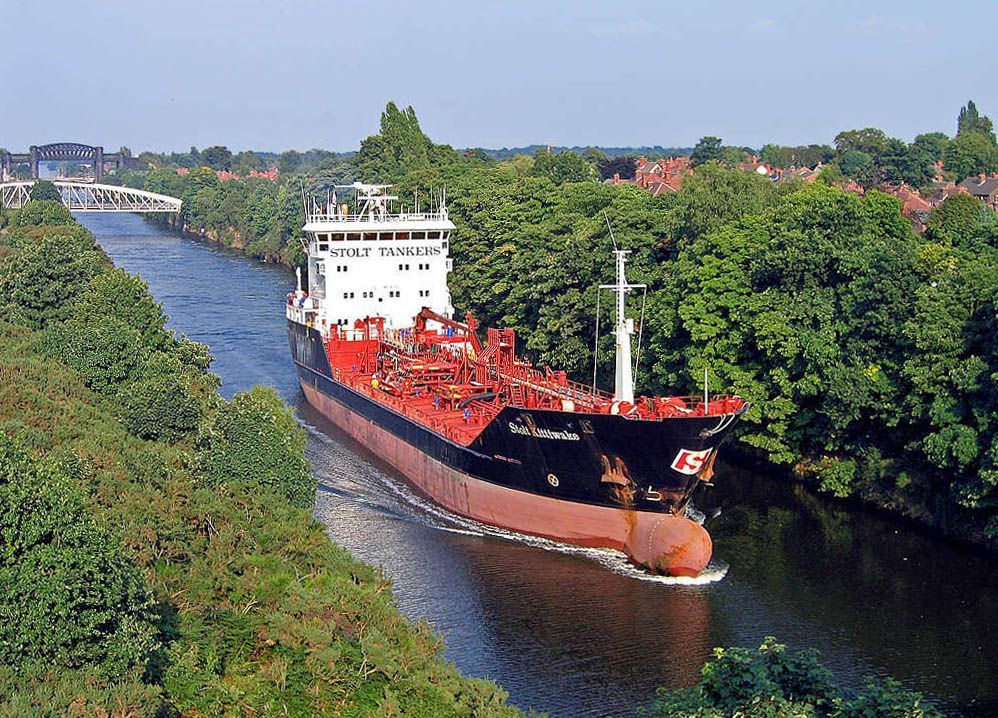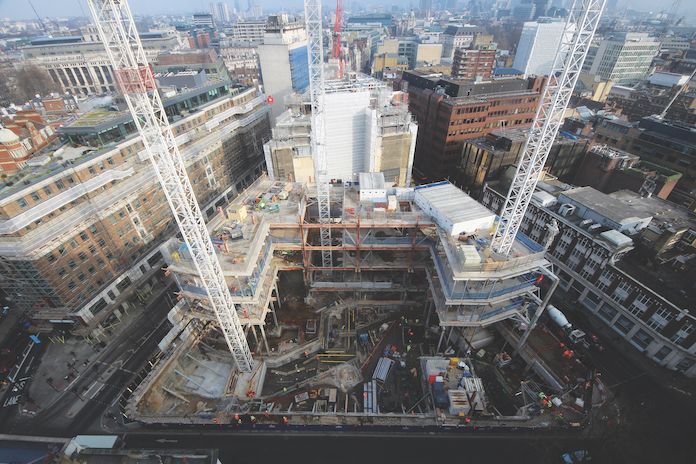What obstacles would the Manchester Ship Canal face today?
A feat of 19th century engineering

The Manchester Ship Canal is the daddy of all canals
Begun in 1887 and opened in 1893, it was regarded at the time (and still is) as an incredible achievement. It cost £15 million to build and was hit by major obstacles throughout its construction and operation. Its 36 mile length connects the Irish Sea to Salford (Docks, now Quays) and it roughly follows the path of the river Mersey.
It was intended as a financial way of avoiding expensive dock fees at Liverpool by avoiding the Mersey and ploughing its own channel inland to Salford and Manchester with impressive depths of over 20 feet and incredibly wide expanses. You only have to look at other canals in Manchester to realise the ambitious size that was created.
Initial and present issues
Like any modern construction project though, it was affected by many factors:
- It was constructed during a global recession
- It ran at major losses for the first 19 years of its life - unable even to keep up with the interest on the capital loans
- It raised only £8 million at its outset, meaning estimating of the eventual £15 million cost was inaccurate
- Severe floods affected its progress
- Equipment costs ballooned to £400,000
- The route to Manchester meant installing five expensive locks
- The company got into legal battles with the port of Liverpool and the railway companies who felt threatened
- Longevity wasn't built in - today, despite it being the 9th largest canal in the world, it is too small for container ships
- Positively though, it is the home to Salford Quays, Trafford Park and has nature reserves along its route
- The water quality is poor, though oxygenation has led to some improvements
Had Richard been alive in 1893, he no doubt would have advised caution. He would be well aware of issues that will arise, like:
- Delays
- Defects
- Codes and compliance
- Contracts
and offered these views.
Construction estimates of the Manchester Ship Canal
The biggest problem though in 1893, when the canal actually opened, was its cost. It was budgeted at £8 million and almost ended up costing double this. A construction estimate today would look very different:
- Direct costs - money spent on materials, labour and equipment for example - that £400,000 on buying equipment was a significant outlay.
- Indirect costs - security, admin, legal fees, permits etc - legal costs mounted and were not factored in.
- Labour costs - including taxes and potential overtime - navvies were paid the equivalent of £16 per day then, but there were 12,000 employed.
- Subcontract costs - for materials, equipment and labour - the docks, for example, were a financial burden as was the creation of the Manchester Ship Canal Railway company for the canal's construction
We do hope you've enjoyed this little sail back into history
Manchester and Salford are fascinating places to explore our rich industrial heritages. If you have plans for your own construction project, not on the scale of the Manchester Ship Canal, do connect with Richard on LinkedIn and follow the company page too.




